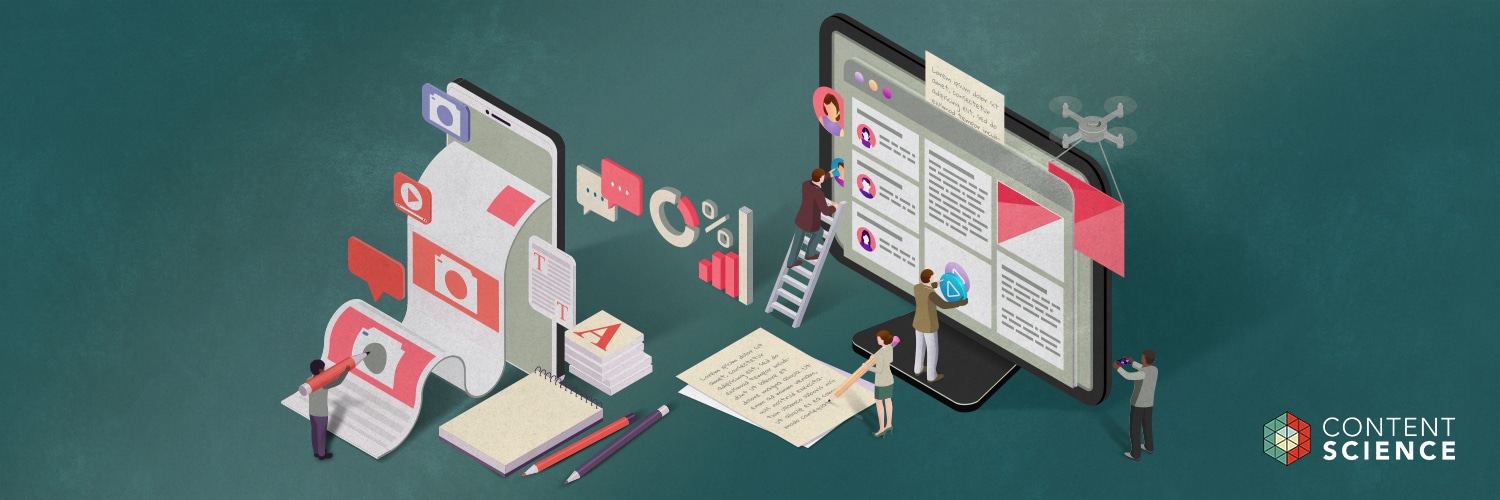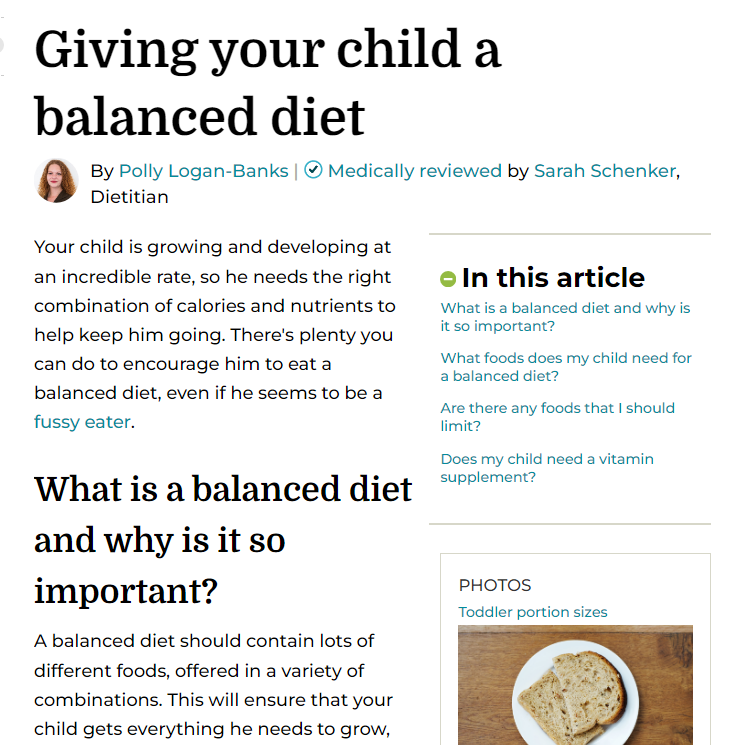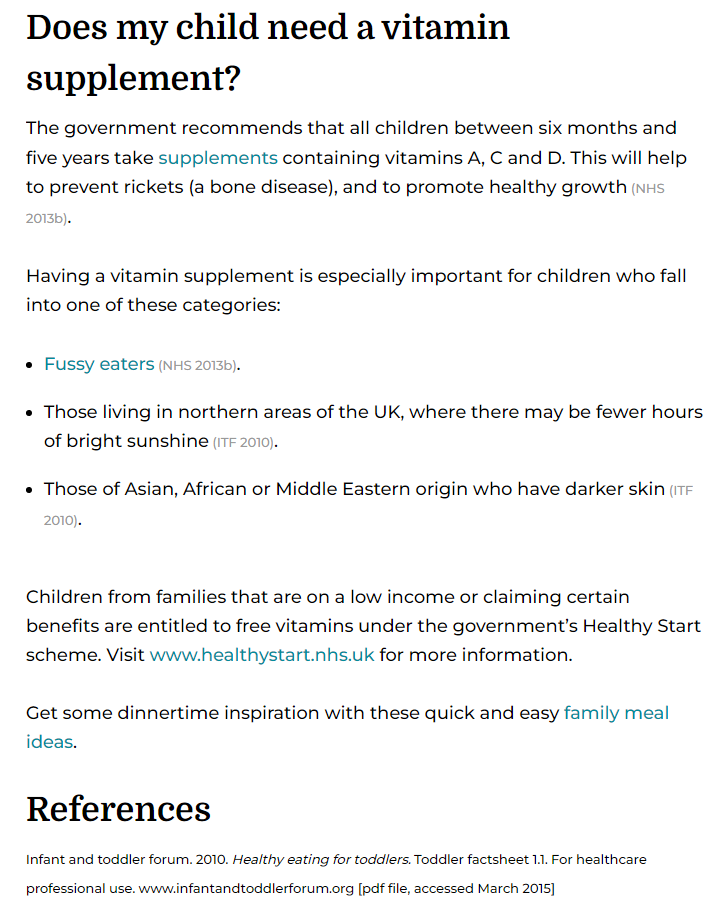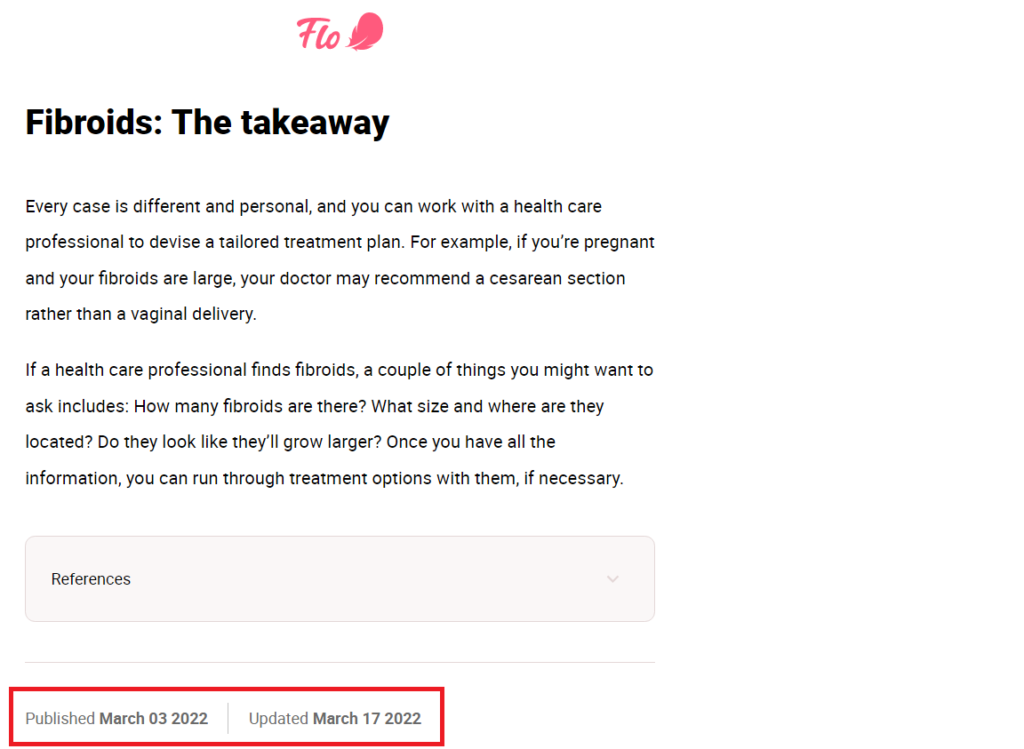
If users doubt the accuracy of your content for any reason, it will be hard for them to trust it, and they may even run into trouble meeting their goals. Issues including faulty facts, out-of-date information, or tons of typos, will cause customers frustration and may ultimately lead them to lose faith in your brand.
That is why your organization needs to prioritize content accuracy. Content Science includes Content Accuracy as one of the six dimensions of content effectiveness that we measure with our ContentWRX software.
ContentWRX evaluates content effectiveness across these six dimensions: discovery / findability, accuracy, usefulness, relevance, polish, and influence. Our research has found that people who perceive content as accurate are five times as likely to report completing their goals as people who do not and are twice as likely to report completing their goals as people who are not sure of the accuracy. These findings are based on an analysis of ContentWRX data from more than 100,000 content consumers.
This step-by-step starter guide walks through key ways to get your content accuracy initiative going.
Step 1: Update Your Content for Factual Correctness
Check, check, and check again. With the amount of disinformation and misinformation online, it is too easy to include incorrect information in your content. You must have a solid fact-checking process in place.
Here are suggested ways to get started with updating for factual correctness:
- Review existing content for factual correctness. This includes internal facts such as product details and external facts such as legal, financial, or health information. If you have an extensive amount of content that requires review, you likely need to conduct a content inventory and audit process.
- Develop a clear editorial process that includes rigorous fact-checking for all new content going forward. Depending on the size of your team, you may choose to hire a dedicated fact checker.
- If you publish content that requires updating on a regular basis, you may be able to set alerts in your content management system for when each piece of content is ready for the next review and update.
Step 2: Add References or Sources Where Appropriate
Today, verifying your information is not enough (though essential!), you also need to show your audience your work. Users want to see your references and sources so they can feel confident in your content and check facts themselves.
Here are suggested ways to get started with adding references and/or sources:
- Cite credible sources of facts or statistics.
- Include links to your sources.
- Interview external experts when appropriate as sources for your content. This is especially important if you are dealing with a quickly evolving or complex health topic such as COVID-19.
- If you are covering a topic in the news, turn to and cite trusted, credible sources such as PolitiFact, Poynter, Snopes, and FactCheck.org.
BabyCentre.co.uk articles display the name of the person who provided a medical review of the content, and enable users to view a reference list, which automatically activates inline citations.


Step 3: Communicate Clearly Whether Content Is Current and Delete Outdated Content
The number one reason people doubt content accuracy based on our analysis is that the content seemed outdated.
Here are suggested ways to get started with communicating that content is current:
- Provide dates that the content was published, reviewed, or updated.
- Specify clearly the product or plan version discussed in the content.
- Specify how long the content, such as recommendations or guidelines or warnings, applies.
- Audit your content, with the help of a spidering tool, examining content performance and quality. (You can use our Content Quality Checklist)
- Archive or delete content you no longer need.

Step 4: Do Not Let Changes to Your Products, Services, or Processes Make Your Instructions and Links Obsolete
In our analysis, the second most common reason users doubted the accuracy of content was that an instruction or guide didn’t work. We find this happens when releases or changes to a product, service, or process outpace the updates to the supporting content such as microcopy, help content, promotional content, and more. If your content features instructions that no longer apply or links that do not work, you will literally stop users from accomplishing their goals and lead them to doubt your competence.
Here are suggested ways to get started with keeping instructions up to date:
- Ensure that links to more or supporting information are current.
- Set a regular review cycle for product guides and instructions so they don’t get out of date.
- Keep guides and instructions streamlined, making it easier to keep the content up to date and accurate.
- Archive or delete any outdated product or service information as soon as it is no longer relevant.
Step 5: Consider How Today’s Technology Can Help
There are many content tools now that can help you automate checking content for alignment with your brand standards, legal requirements for accuracy, accessibility, and more.
Here are suggested ways to get started with using technology to improve content accuracy:
- Steer clear of typos, broken links, and accessibility issues with a platform such as SiteImprove.
- Help staff stick to your organization’s guidelines for style, tone, and more with AI-powered technology such as Writer and Acrolinx.
Next Steps
Follow these steps and suggestions to begin to put together a plan for improving content accuracy. Once you have identified what your organization needs to do to get started with content accuracy, an essential next step is to find out (using a tool such as ContentWRX) how your content is currently performing in terms of accuracy. Understanding where you are will help you determine how fast and how far you have to go to make sure users view your content as accurate. You can also learn more about content accuracy in The Content Advantage or by partnering with Content Science.
This article is part of our ongoing series of Starter Guides, developed to help you make improvements across the six dimensions of content effectiveness: Discovery, Accuracy, Polish, Relevance, Usefulness, and Influence.
Events, Resources, + More
The Ultimate Guide to End-to-End Content
Discover why + how an end-to-end approach is critical in the age of AI with this comprehensive white paper.
The Content Advantage Book
The much-anticipated third edition of the highly rated book by Colleen Jones is available at book retailers worldwide. Learn more!
20 Signs of a Content Problem in a High-Stakes Initiative
Use this white paper to diagnose the problem so you can achieve the right solution faster.
Upskill with Content Science Academy
Training for modern content roles through on-demand certifications + courses or live workshops.






Comments
We invite you to share your perspective in a constructive way. To comment, please sign in or register. Our moderating team will review all comments and may edit them for clarity. Our team also may delete comments that are off-topic or disrespectful. All postings become the property of
Content Science Review.